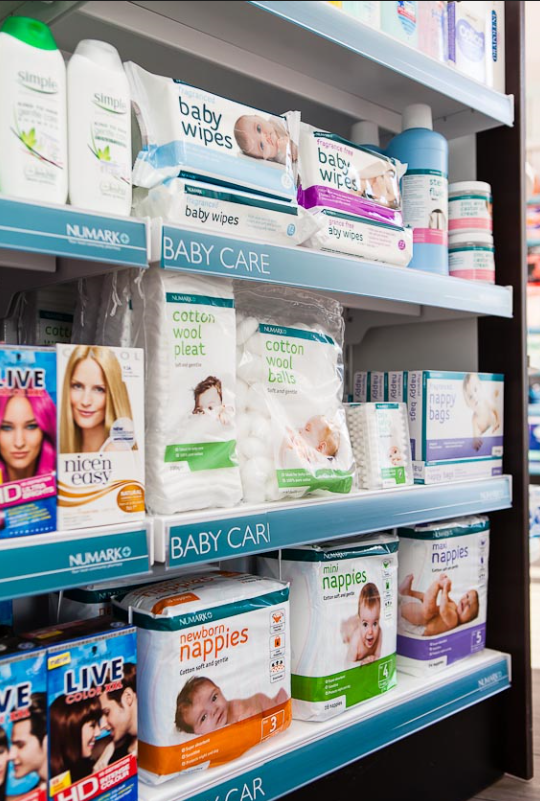It is important to create a flow around the pharmacy by siting related products next to each other, for example cough next to cold and flu, next to decongestants. This allows customers to find their first purchase easily and encourages link sales. It is reasonably straight forward to identify category adjacencies, although some categories don't have direct tangible links. Put yourself in the shopper's shoes and think about what items you are likely to purchase together such as shampoo and conditioner, or sun protection and insect repellents.
Adjacencies also help you to build regime into your range. If we take facial skincare as an example, you'd want to try and incorporate daily regime into your plan.
This would look like:
- Face wipes and wash
- Eye make-up remover
- Cleanser
- Toner
- Serum
- Day/night moisturiser
Take a look at the example range below to see how the core merchandising principles have been incorporated. You don't need to use any fancy software to help you with category adjacencies, just a clear view of your fixtures and the categories available to your customers. It is impractical to take the whole pharmacy space on at once so just start with two or three categories at a time and move through them at your own pace.

